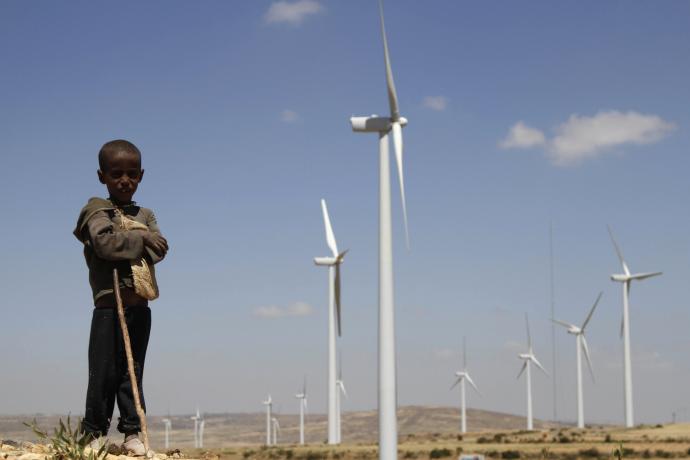Water is used by man for a variety of important purposes, among them irrigation, navigation, hydroelectric power generation, industrial manufacturing, waste disposal, recreation, and wildlife enhancement. The most fundamental use of all, however, is community water supply for immediate and vital needs-drinking, washing, cooking and sanitation.
At present anyone living in a developed country hardly gives thought to the availability of water for these needs. One has only to open a tap at any time of day or night to obtain as much clean water as desired. But often it is not realized that even in industrially advanced countries like the United States or Canada, running water in homes was not available in many rural areas a few decades ago-certainly within living memory. In many instances rural electrification was instrumental in providing running water.
The situation is very different in developing countries, where the majority of people do not have access to clean water. Viewed from a global perspective, availability of potable water to communities falls within two extremes. At one extreme are the highly urbanized cities of advanced industrialized countries, where everyone has in-house water connections and sewerage services. The quality of water is excellent, and it is available in unlimited quantity very economically. Such supplies are considered not only essential but also mandatory, and appropriate institutional, infrastructural and financial arrangements have been successfully established over many decades. In general the quantity of water used per capita in such advanced countries is quite high. For example, in the United States the domestic water use is around 65 gallons per capita per day.
At the other extreme are the rural communities of developing countries, which commonly have no service of any kind, either for potable water or for excreta disposal. Their sources of water could be a well, pond, lake, river or rainwater or some combination thereof. The main sources of water in rural areas of most developing countries still continue to be uncovered wells or shallow communal ponds, which are used.
Source: https://www.foreignaffairs.com/
Dear User/Visitor! Please, answer on our questions: tick off one of the positions – your answer will make us able to improve our site and make it more interesting and useful!


